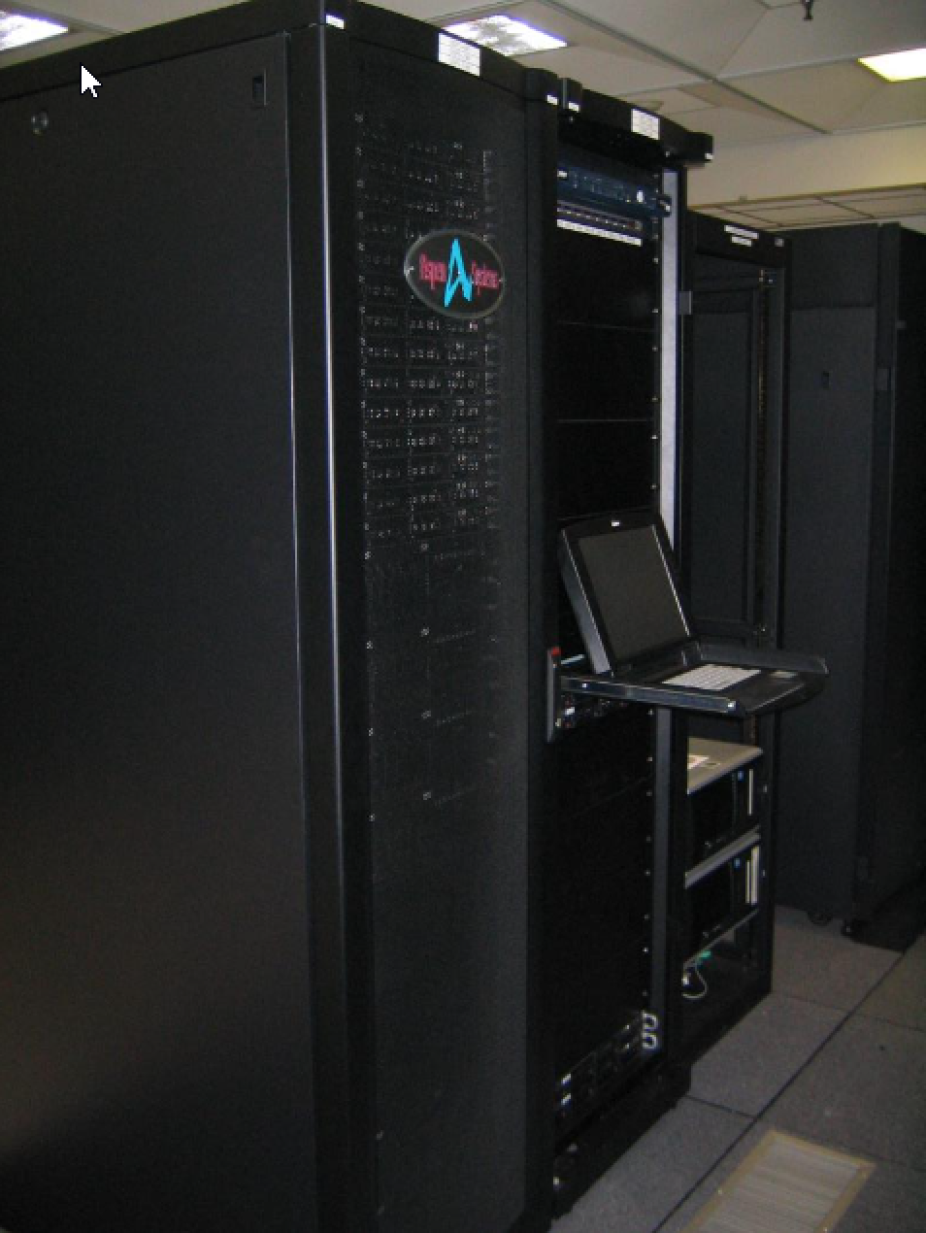Aspen Nocona - Coral

Aspen Systems
In use: August 16, 2005 - September 24, 2010
Experimental use
Peak teraflops: 0.56
Processors: 44
Clock speed: 3.20GHz
Memory (terabytes): 0.10TB
Electrical power consumption: 8.00 kW
Coral, an Aspen Systems Linux cluster, was delivered to NCAR on August 16, 2005, and passed acceptance testing on September 3, 2005. The system was then turned over to Computational and Information Systems Laboratory (CISL) system administration staff for on-site configuration prior to making it available to scientific users.
The Coral cluster was a computing resource dedicated to the Institute for Mathematics in the Geosciences (IMAGe), which was part of CISL. Coral provided a unique environment for researchers working in the area of turbulence and geophysical statistics.
Coral was a stand-alone system with two interactive/login nodes, 16 dual-processor nodes each with 4 gigabytes of memory for batch computing (plus a “hot-spare” batch node), and nodes for running system services and maintenance activities. It used the then-new Intel® Extended Memory 64 Technology (EM64T, or "Nocona") processors. Unlike computing facilities then found elsewhere in CISL, Coral closely integrated computing technologies for modeling, post-processing, analysis, and visualization. This coupling of resources enhanced the scientific productivity of the IMAGe team by reducing burdensome data management and data transfer activities, freeing the researchers to focus more effort on scientific discovery.
Coral served IMAGe for just over five years and was decommissioned in September 2010.